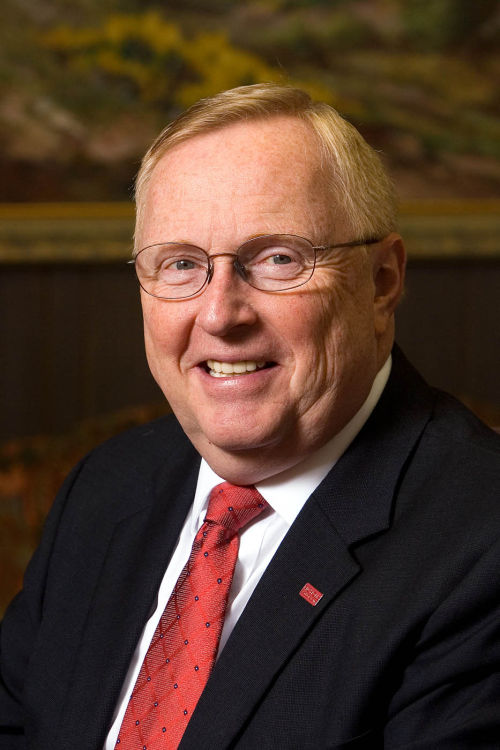
NSU’s loss, Fletcher’s gain: Higher ACT, GPA requirements forcing some to rethink 4-year universities
July 9, 2013Dead Zone forecast issued
July 9, 2013Nicholls State University’s accreditation agency has placed the college on warning, the lesser of two public sanctions, following a review of the university’s five-year interim report submitted last year.
Nicholls has not lost its accreditation. The university has 12 months to submit evidence that it employs an “adequate number” of full-time faculty and that it properly studies student achievement in order to improve educational programs, according to the warning issued by the Southern Association of Colleges and Schools Commission on Colleges on June 27.
Specific details as to what additional information the agency desires are forthcoming, but the accreditors have indicated Nicholls “failed to demonstrate compliance” with those issues.
Nicholls President Stephen Hulbert called the warning a “complete surprise” in a printed statement.
“Once we receive greater clarification in July, as to the specific information that is needed, we will prepare a thorough report and submit it before the 12-month deadline arrives,” Hulbert said.
Allayne Barrilleaux, Nicholls’ vice president for academic affairs, said she did not want to speculate on what, specifically, SACS desires through its latest request. The accreditors said they would provide specifics in “mid-July,” according to the university.
Nicholls submitted its standard five-year report to the agency in March 2012. In the report Nicholls responded to a boilerplate list of 17 criteria sought from all SACS-accredited universities.
Four months later the university received a review letter, which sought more information on three of the 17 standards: faculty levels, institutional effectiveness
and program length, Barrilleaux said. Nicholls filed its response in April.
Now, the accreditor is seeking further information on the first two standards and has placed the university on warning.
In its disclosure report, SACS said its board of trustees handed down the warning on June 20.
“These standards expect an institution to provide evidence that it (1) employs an adequate number of full-time faculty to fulfill its mission and (2) identifies expected outcomes, assesses student achievement, and provides evidence of improvement in the area of educational programs and student learning,” the report says
SACS is the recognized accrediting body in 11 southern states. Colleges need to be certified
In addition to Nicholls, SACS placed eight colleges on warning in June. Four others had existing warnings continued, and two were placed on probation, the second and harsher public sanction.
“We feel confident that whatever the issue is, we’ll be able to deal with it,” Barrilleaux said. “A lot of it is about not having enough evidence. We’re going to make it happen.
“As I’ve stated, I’m more concerned about public perception than about our ability to overcome all of this. … It’s a good process. That’s what accreditation is all about, making you look at things and assess things because you get so busy in day-to-day activities, sometimes you don’t step back, and it forces you to do that. It’s not a horrible thing. It’s a good thing, and it always leads to improvement.”
Barrilleaux shepherded the university through its last accreditation process about six years ago. She is credited for streamlining the way the Nicholls stores its accreditation records and documents to make it easier to quickly respond to SACS’ requests. Her expertise was such that she travelled to other colleges on a committee to advise their accreditation processes.
This was actually the first time Nicholls filed a five-year report, as the accreditors have recently downshifted from 10-year updates. The amount of filing requirements has shrunk to 17, some of which focus on federal regulations. So universities are still getting a feel for how the response requirements have evolved, said Barrilleaux, who emphasized that she was not criticizing the agency.
“They are wanting as much information as you would put in a 10-year report, and it has taken universities a while to catch on to that,” Barrilleaux said. “This is becoming a very fluid process, that’s what we’re discovering, because the federal government has started coming in and making a lot of mandates.”
Reviewers were complementary of Nicholls’ Quality Enhancement Plan – a key component of the accreditation process – and had no follow-up questions after viewing financial audits from the previous two years, Barrilleaux said.
The agency has yet to make any recommendations to the university, she added.
As it pertains to the warning, the SACS Board of Trustees will have four options when it issues a follow-up decision in June 2014: remove the warning; continue the warning; place the school on probation; or revoke accreditation.








